The article you are going to read now may seem like the “typical” text from my blog (if there even is this kind of thing), but my second rendezvous with one of the most incredible pieces of space junk that can be found in this part of Europe could not pass by just like that. So – tune your receivers – instead of satellites, we are going to talk eastern space technologies today!
I’m gonna start with a glimpse into some personal stuff. I have always been in love with space shuttles – Discovery, Atlantis, Endeavour, and even the tragically lost Columbia and Challenger – they made a small girl I used to look into the darkness of space and cheerfully shout: “I’M TOTALLY GOING THERE!”. Shuttles, unlike any other space machines, stimulated the imagination in a crazy way – they were a promise of routine and neverending travels above the planet, giving (mostly) safe and fast possibility to build an International Space Station, fix broken stuff on orbit, deploy satellites and perform amazing scientific experiments in microgravity. An insane idea, to build a reusable spacey plane that can perform a landing like a glider actually worked out. Even though the program was closed abruptly after two awful catastrophes – the level of mastery achieved in technology, electronics, thermal stuff, and mechanics during its development was truly astonishing.
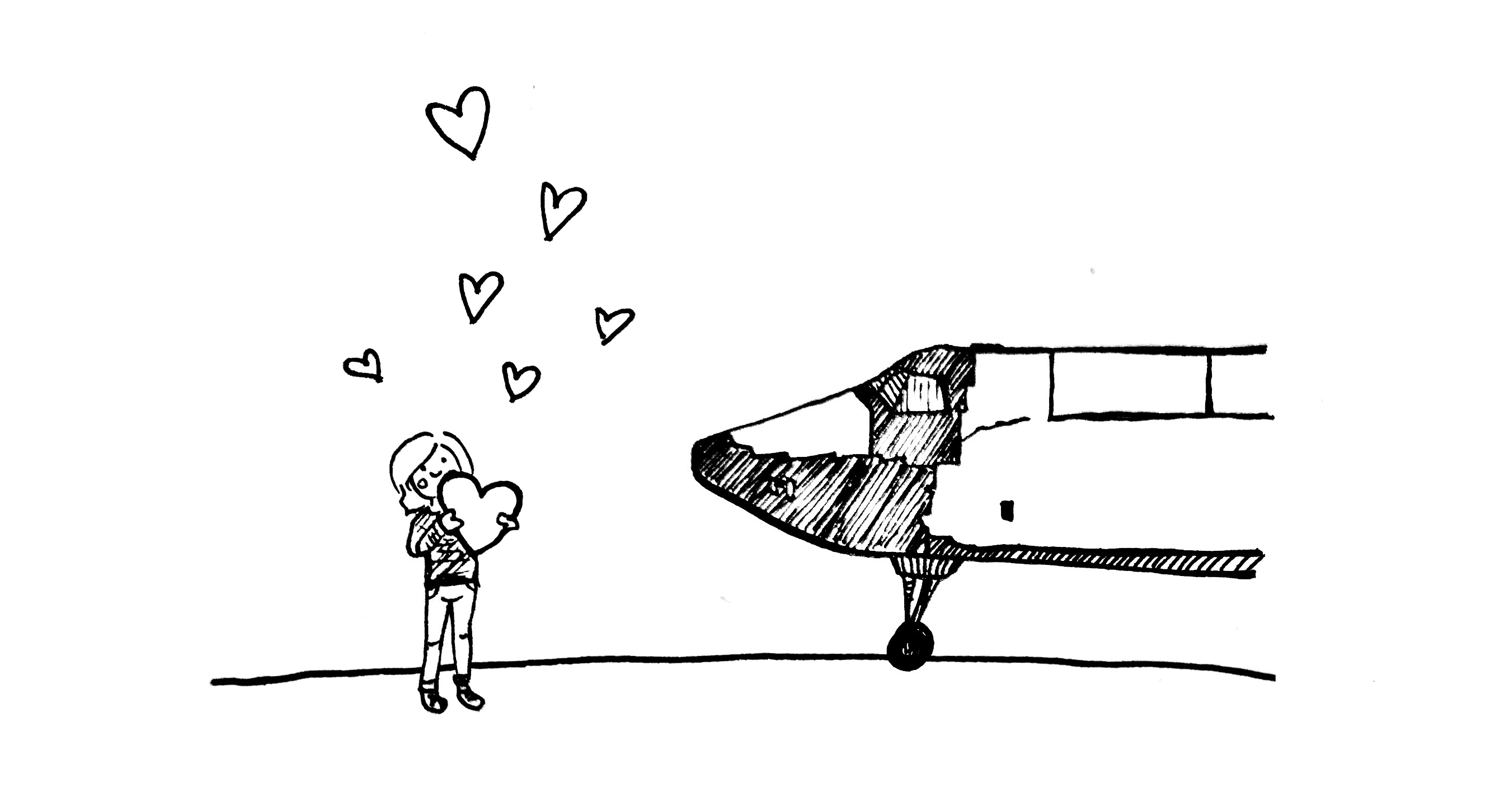
Fig. 1 - Hello again, Buran! ♥
In the 90s NASA used to brag in their papers that the space shuttle was the most complex machine ever built and, presumably, they could have been right. Yes, the program cost them billions. Like, literally, billions – 221,000,000,000$, according to the estimates. But whether or not it was worth it, for exactly 30 years, between 1981 and 2011, American space shuttles had performed 135 missions, taking into space 355 individual astronauts from 16 countries and letting humankind build the most impressive thing floating in space – the International Space Station. Undoubtedly, it was something. But the USA was not the only country dreaming about a reusable space vehicle…
Союз нерушимый республик свободных!
The Soviet Union did not succeed in putting their citizens on the Moon, but they were breathing down the USA's neck anyway. Watching the space shuttle program evolve, the decision was made to start an own soviet reusable spaceship program to be able to answer militarily for the possible dangerous moves from the maybe-enemies in the future. I personally liked one of the possible explanations why they chose to start a similar program – according to the [1], there was speculation if the USA’s space shuttle’s huge payload space was meant to give Americans a possibility to… steal soviet satellites or even purloin space station Salut from orbit. Well, I honestly admire their creativity in search of excuses.
Most sources highlight that it was not a quick and easy decision to start the Buran program – the space race had been theoretically already finished and it was hard to find a clear and logical reason to engage in such an expensive initiative. On the other hand, the leadership of the USSR knew that even if there is no danger coming from the USA’s program now, it doesn’t mean that there won’t be in the future. And that’s the reason why in 1973 the Buran project officially began.
Attack of the Clones?
The company responsible for the whole project, NPO Molniya, was founded in 1976 after a scuffle over who should be in charge of space shuttle development. Finally, it turned out to be quite a huge initiative – under Molniya management, there were more than two million people (!) engaged in the research and development of the Buran-Energija spacecraft. It is crucial to mention here that the rocket part, Energija, was as important as the orbiter and the technologies used for both elements' construction were pretty ahead of these times.
However, it’s hard to hide (just look at the Fig. 2!) that the overall idea and Buran’s shape were directly copied from the American space shuttle. Even the main engineer, who led this project, G.E. Lozino-Lozinsky, honestly admitted that the general design was hugely inspired by USA’s program ([2]), but the Soviets performed some important construction changes which made their vehicle even more complex, and, what’s interesting, also safer. The only technical demand that was made from the political side was to stick to the original size of the payload compartment. The rest – was up to the engineers.
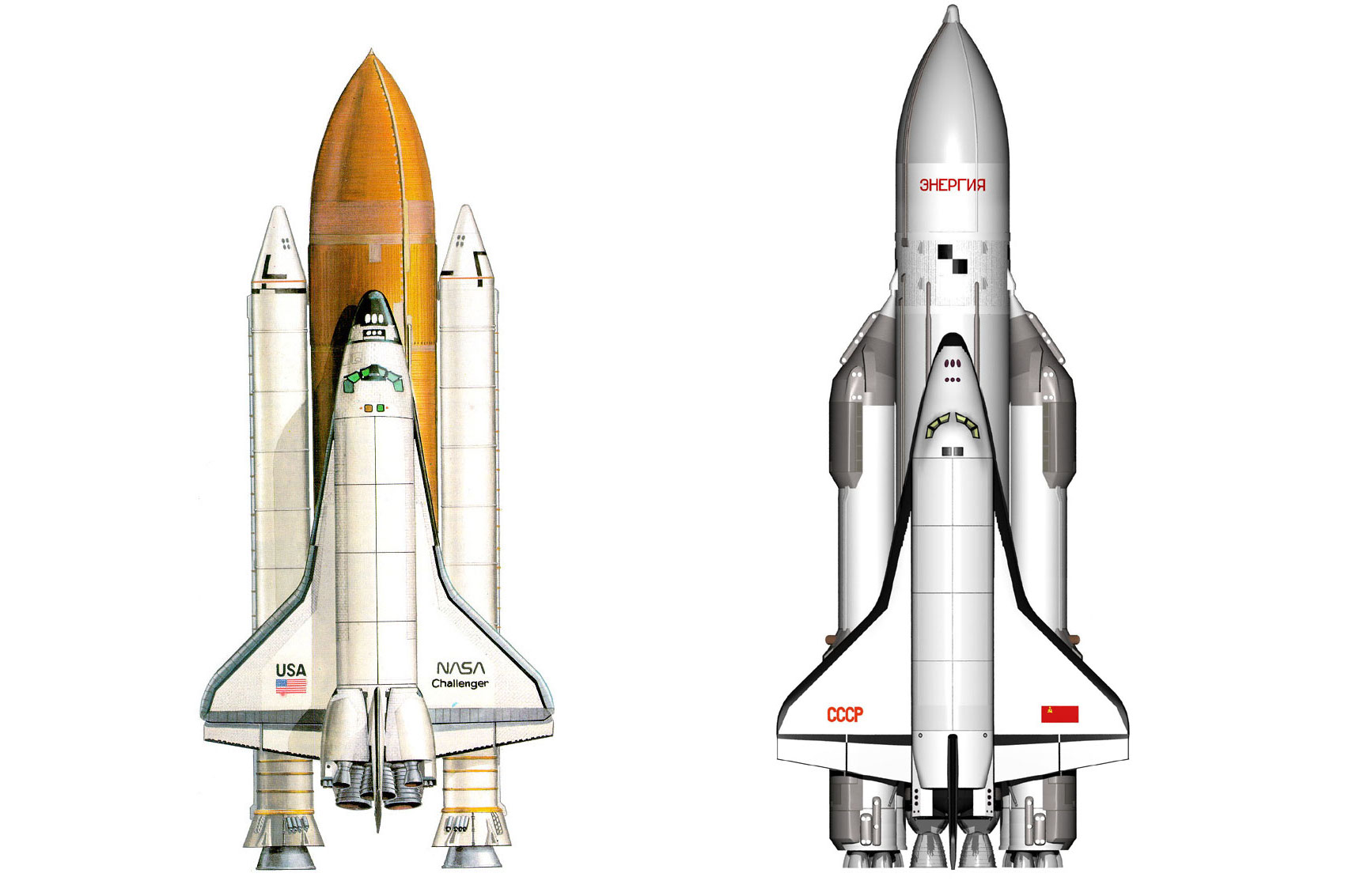
Fig. 2 - Space shuttle (left) vs. Buran (right)
Source: Buran. History and Transportation of the Soviet Space Shuttle OK-GLI to the Technik Museum Speyer, Technik Museum Sinsheim Speyer
The main difference between Buran and the USA space shuttle was the ability to perform a remotely controlled, fully automated flight. Yes – it was able to launch and, what’s even more important, land with no people on-board. The whole system was also larger than the one built by Americans – Energija was able to carry even 120 tons of payload to space (not only the USRR vehicle but also other spaceships). Additionally, Buran could bring 20 tons of stuff back to Earth, while the space shuttle “only” 5 tons less. The propulsion configuration differed too – while NASA’s vehicle had its liftoff engines placed directly on the shuttle, Buran’s were installed on the bottom of Energija. On the other hand, the Soviet spacecraft was equipped with additional smaller engines that allowed it to re-entry in a controllable way (as it was a must-have in the RC configuration). Buran had boosters fueled by liquid oxygen with kerosene and the main stage was driven by liquid hydrogen and oxygen combination. Shuttles used solid-propellant rockets as primary propulsion – therefore, unlike in eastern vehicles, thrust regulation was not possible (making it less safe). Parts of American boosters could have been reused, while in the Buran-Energija project the rocket was a one-time use.
Some sources point out that Buran was overall a safer system than American shuttles. The design of tiles and heat shield were meant to be more resistant compared to the one from the USA, which allowed the vehicle to withstand ever greater temperatures. As a contradiction of the thesis about safety, I accidentally stumbled upon an interesting website ([5]) with a mention that during the one and only Buran flight, several tiles were damaged. This does not undermine the reliability of the entire program, of course, but it is an interesting fact worth mentioning here. As you can see in Fig. 4, the impaired pieces are located in the area that was not crucial during the re-entry, and the shuttle managed to come back safely (contrary to the terribly unfortunate Columbia flight, in which a damaged tile caused a fatal catastrophe).

Fig. 3 - Buran was encased with 38,600 tiles and 20% of them had an irregular shape (with dimensions between 15x15cm and 20x20cm).
Source: http://xai-71.obninsk.ru/2018BUR/Buran30.htm
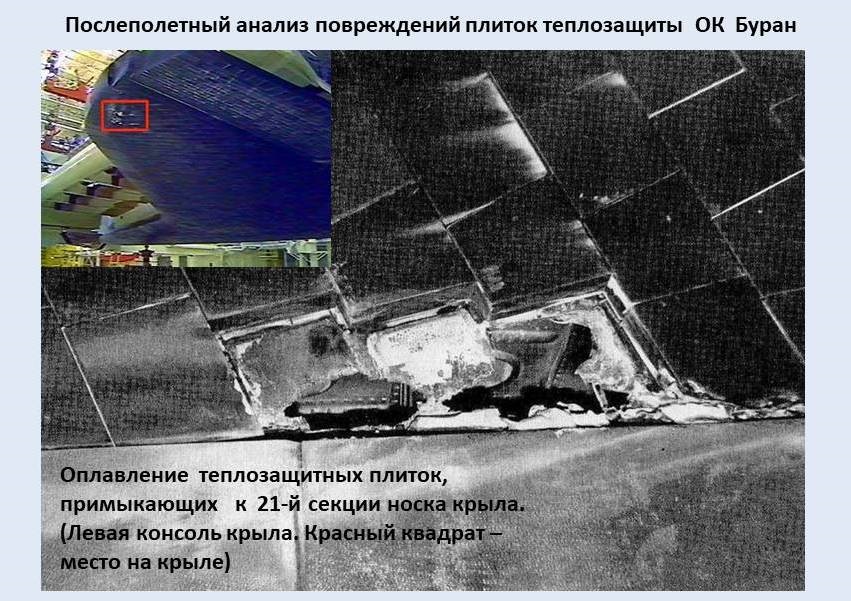
Fig. 4 - Post-flight analysis of damage to thermal protection tiles.
Source: http://xai-71.obninsk.ru/2018BUR/Buran30.htm
When it comes to safety though, Buran had one important feature that could save the lives of its passengers, even if it was first meant to be uncrewed – ejection seats. The idea was taken directly from military jets and, what’s interesting, it was used also in the USA but quickly abandoned. Only the first west shuttles, Enterprise and Columbia, had them, but just for the two people from the crew – and they were removed as soon as the crew grew larger (supposedly from ethical reasons and the fact that in this kind of vehicle the possible time slot for their utilization is very small).
Remotely controlled space shuttle? Such things only in the Soviet Union.
The main and the most compelling difference between the shuttles was the ability of Buran to fly and land… autonomously. Soviet engineers managed to create a fully remotely controlled software in the 70s and, considering the technology of those years, it was quite a feat.
For the development of the on-board software, a new real-time language was created – PROL2. Ground tests of the ship required another approach which resulted in the development of the second language, problem-oriented DIPOL. Modeling, on the other hand, was performed using LAKS. It quickly became clear that it was hard to maintain three languages and all the systems were rewritten into the newly proposed universal language DRAKON (which, in Russian, expands to something like Friendly Russian Algorithmic Language That Provides Visibility – cute). According to sources, its development took around 10 years (!) and... it was properly finished a few years after the end of the Buran program. It’s a hybrid language, or maybe even more like a family of hybrid languages, that allows synthesizing program code from block diagrams. Flowcharts notation, representing the operations, is designed to be easily read and understood. DRAKON is not a dead language, and you can find more information on how it works in references [6] and [7].

Fig. 5 - A JavaScript snippet generated from a DRAKON diagram. Why should someone do something like that? No idea.
Source: https://drakon.tech/read/programming_in_drakon
The interesting thing is how the control system worked. The architecture included four computers operating synchronously with the same software and the results of the computations were constantly compared. When a failure of one machine occurred, it was turned off and three others remained. If there was a situation in which only two computers were left and the generated commands were different – one of the devices was randomly switched off, leaving a 50% probability that the system would work correctly. Fascinating idea, isn’t it? A little bit similar to the currently used majority-voting TMR (triple modular redundancy), but not completely the same.
The Buran onboard computer itself was called Бисер-4 (which means `beads`). It operated at 4 MHz and had 128 KB of RAM with 16 KB of permanent program memory, giving a real-time functioning by performing the reading/writing of I/O every 32.8 ms. I scrolled through far too many Russian internet forums to find confirmed information on which processor it was based on – and I’m afraid it’s hard to tell 100%. The main engineer Lozino-Lozinsky proclaims only that it was something homemade and special [2]. There are some sources that say it was MK-240 [8], while others are sure that it must have been 582IK1 [9]. There is photography available that supposedly presents Бисер-4 with four 582IK1 (Fig. 7) [10], which is posted on many different forums and pages about Buran. For our amateur needs, I think we can accept this version.

Fig. 6 - 582IK1 processor
Source: http://www.155la3.ru/k582.htm
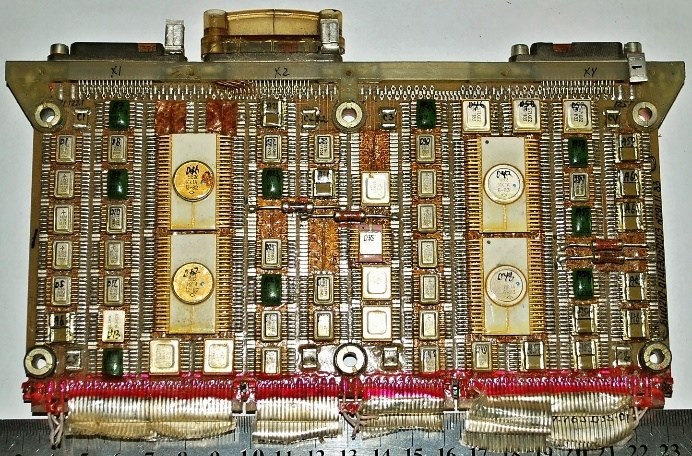
Fig. 7 - Probably Бисер-4 with four 582IK1 - Buran's on-board computer.
Source: http://www.155la3.ru/k582.htm
A little digression: after spending almost three weeks working on this article and reading from as many sources as I could, I must admit that the verification of information in Russian sources is acrobatics. There are many misleading paths and a lot of threads that lead to random forums on which some people introduce themselves as ex-interns or even engineers claiming that they had a glimpse into real Buran documentation and sharing some unconfirmed stuff. Lack of verified and official data causes many people and journalists to speculate and it’s hard to separate the wheat from the chaff. As it is pointed out in the screenshot below – many things about software/hardware are still considered a secret, there are no lessons learned available or any confirmed details about some aspects of the project. Although the Buran program was formally led by a commercial company, it did, in fact, evolve from the military background and some stuff may never see the light of day.

Fig. 8 - Rough translation of one of the answers from a Russian forum. It's hard to disagree...
Source: https://forum.drakon.su/viewtopic.php?t=4039
Smol Burans
The remotely controlled orbital shuttle was quite a fresh idea, wasn’t it? Well – yes. But actually, no. The concept might have not been as new as it is commonly believed. Around 1964 a group of scientists and engineers from The 30th Central Research Institute started to design something that was supposed to merge the concepts of a plane, rocket, and a spaceship. The project was called The Spiral (Спираль) and it was meant to reach 130-150 km orbits. Preliminary plans were inspired by American work on unmanned aerial vehicles (SV-5D or very weirdly looking M2-F1) and led to the construction of three types of prototypes – BOR-1 (1 copy), BOR-2 (4 copies), and BOR-3 (2 copies). These small unmanned orbital rocket planes (BOR-1 had only 3m in length and 800 kg in mass!) were used to experiment with heat-shielding materials and remote control software – accidentally serving as a prelude to the Buran program. Knowledge gained during their development was used in the 70s to build BOR-4 (based partially on the Spiral design in ½ scale) and BOR-5 (Buran’s mockup in ⅛ scale). Many atmospheric tests in conjunction with wind tunnel tests performed on these cute models made it possible to check the distribution of thermal and vibratory loads and test stability during remote control.
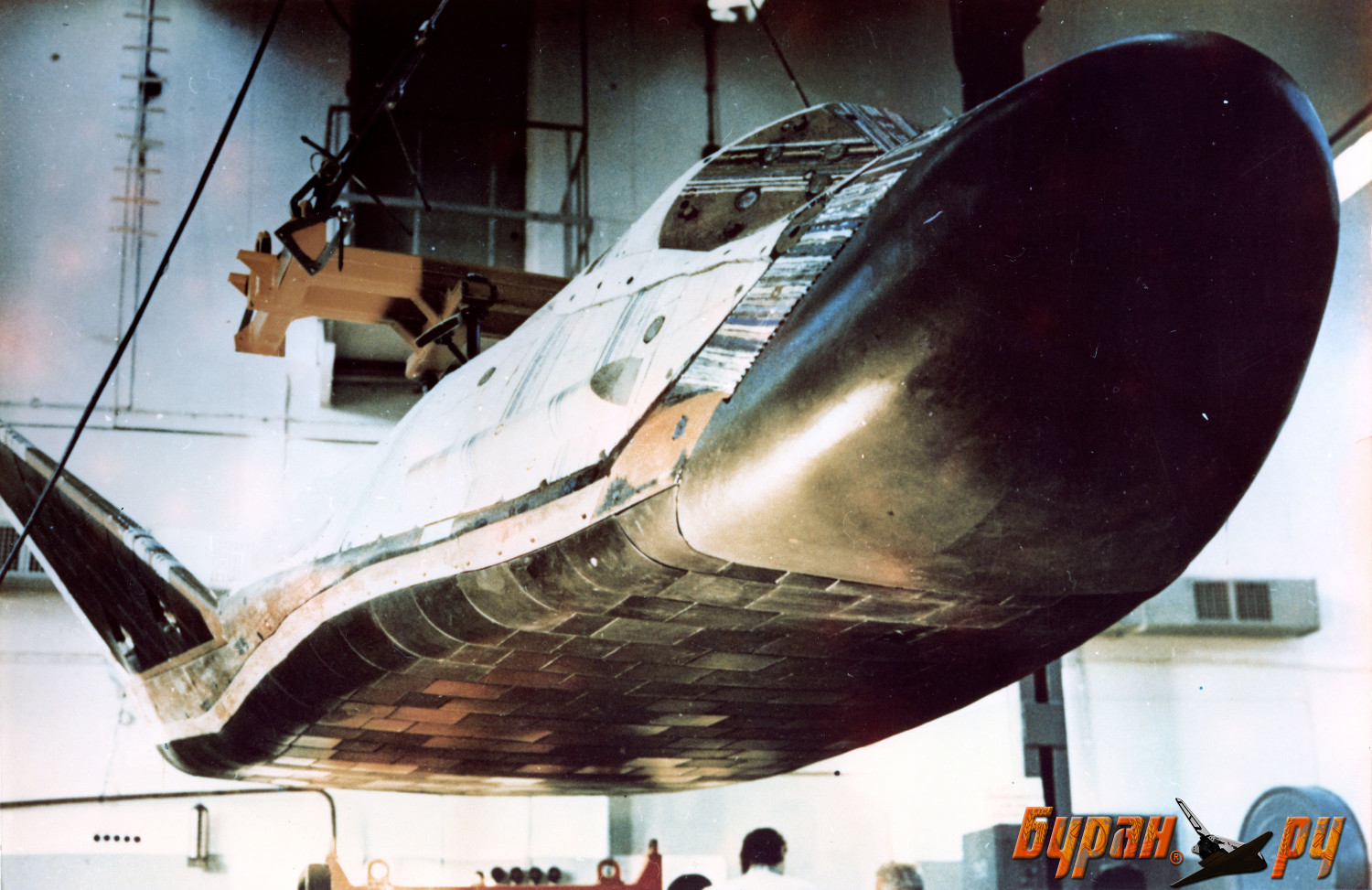
Fig. 9 - BOR-4 with its more fancy shape
Source: http://www.buran.ru

Fig. 10 - BOR-5 - just a small Buran
Source: http://www.buran.ru
The first test flight of the BOR-4 vehicle took place in December 1980. Overall, its models reached Low Earth Orbit (~200km) four times, while BOR-5’s five times (including one failure). You can read their whole story in [3] – they may be adorable, but we’re not here for them...
135 vs. 1
While there were quite many trials and tests before the Buran program, the Russian shuttle itself performed only one orbit flight. Compared to the 135 launches of USA’s vehicles it’s hard to consider it an impressive number. But – it took place and that’s what counts. So let’s go back in time...
It is 29th October 1988. They have been preparing for this day for years. It’s one minute to the launch. 59 seconds. 58. 57. 56. 55. 54. 53. 52. 51… STOP! Baikonur, we have a problem!
The issue with the guidance system prevented the shuttle from starting its first (and last) journey into orbit. It took 17 days to find and fix the bug, so the new date of launch was set to the 15th of November. The weather didn’t look good – there was fog and clouds that made the visibility less than a kilometer – but it was not the only thing present in the air. The pressure to get it done was high. The mission control even got a notice about the weather conditions (quite similar to those from the Challenger catastrophe, even ice was building up on the shuttle too), but the decision was made: the launch had to be performed.

Fig. 11 - Original notice passed to the mission control about the storms (шторм) and fog (туман). It says that there will be 600-1000m visibility and clouds, south-west wind 9-12 m/s with gusts up to 20 m/s, and ice with a thickness of 1-1.7mm on the shuttle. The notice is often mistakenly signed as a launch certificate - but it's only about the weather :).
Source: https://www.buran-energia.com/bourane-buran/bourane-versvol-1erVol.php
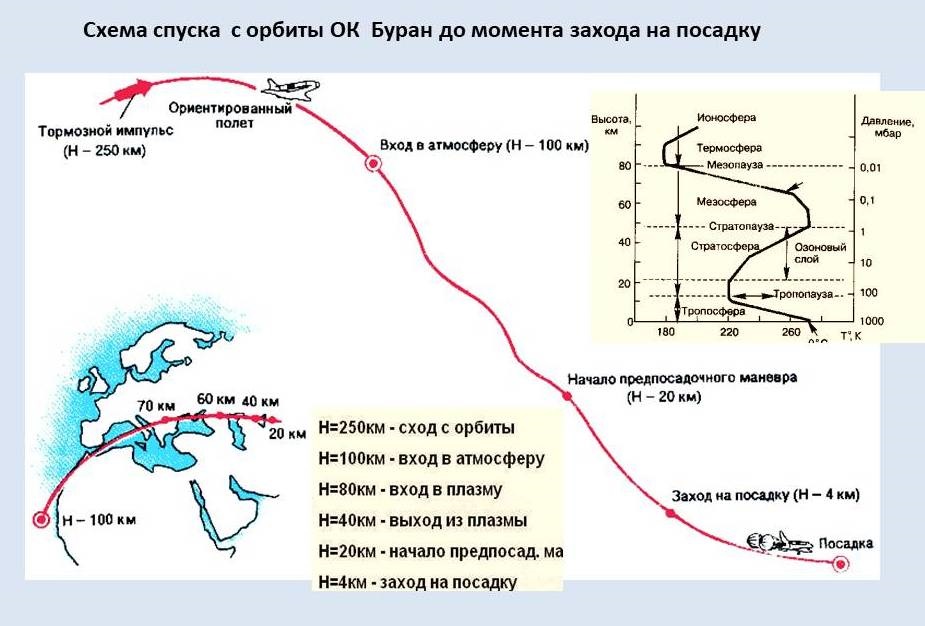
Fig. 12 - Scheme of descent from the orbit of the Buran before the landing approach.
Source: http://xai-71.obninsk.ru/2018BUR/Buran30.ht
And yes. Buran did it. With a huge and powerful Energija rocket, this amazing Soviet vehicle successfully reached orbit, circled the Earth twice and was about to land after 205 minutes in space. However, it could not do without a bit of suspense. A while before the landing, the shuttle made observers anxious as it suddenly changed direction and for a second disappeared from the antennas range. Traffic control quickly prepared themselves to blow up Buran, according to the order given in case of a complete equipment failure. But – the shuttle just turned around and gracefully made its way to land from the other side of the airport, as the wind had changed a bit in the meantime and its autopilot “decided” to do so. Wow.
I recommend watching the landing on YouTube (and appreciate the weird music). It's worth it!
As engineers from the Buran program recall [5], the landing was the most demanding and stressful part of the flight. As the shuttle was both a spaceship and a plane, it was necessary for it to slow down to around 340 km/h from 28,000 km/h (!). The maneuver had to be performed precisely enough so that the leading edges do not get hotter than 1600°C and the overload does not exceed 2.5G. And, of course – it had to reach the specified airport. The fact that everything went smoothly was an absolute success and a great bump for national pride.
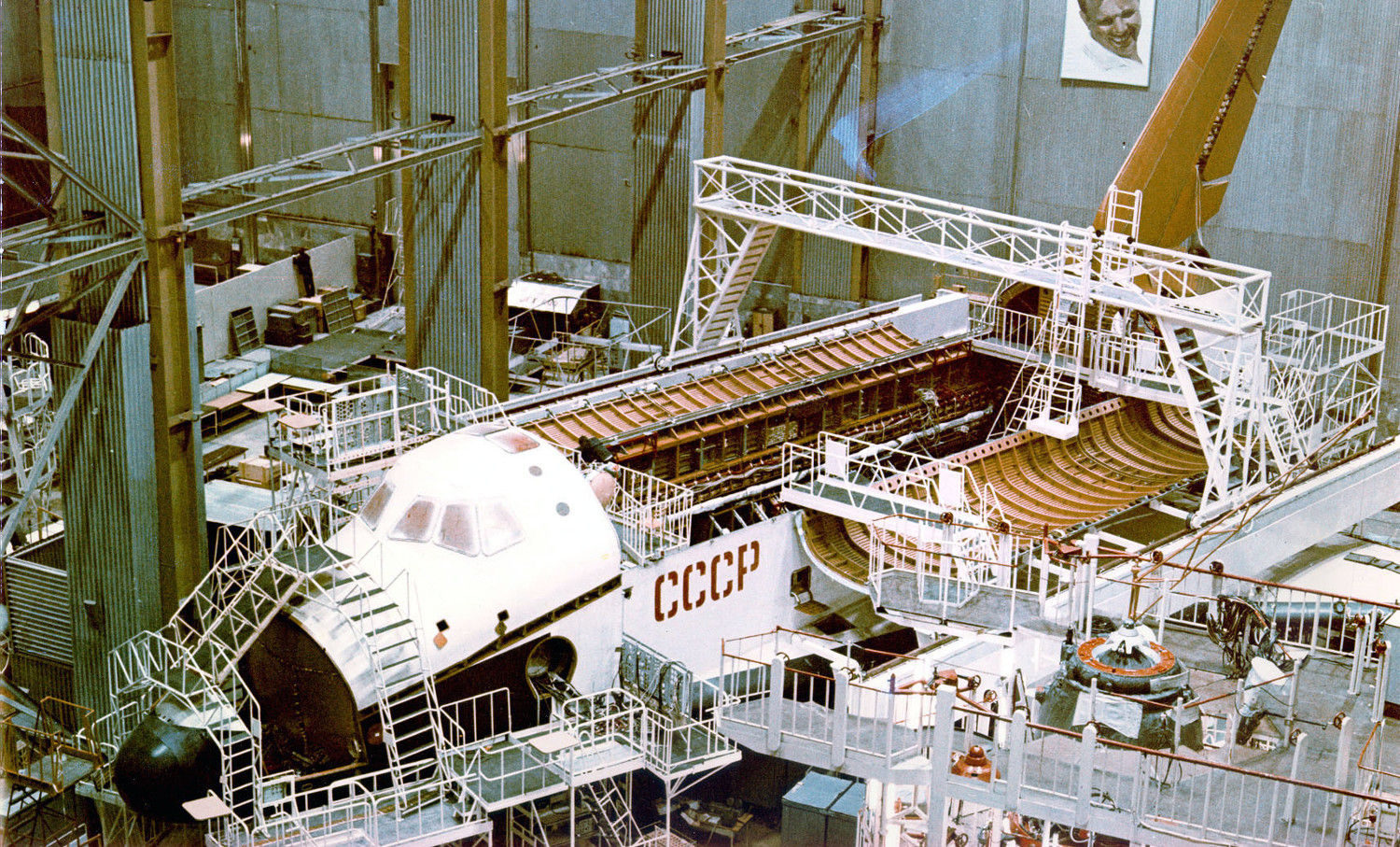
Fig. 13 - Construction of Buran.
Source: http://www.buran.ru

Fig. 14 - Russian Eagle has landed!
Source: http://www.buran.ru
There were some plans to continue the program and perform the next flights in 1990 or 1991. Unfortunately, they didn’t work out. Not long after the first and only Buran performance, the whole initiative was stopped – first temporarily, but a few years later for good. The estimates say that the project, during these 16 years, cost more than 16 or even 18 billion Soviet rubles. However, its impact on technological progress was enormous – it could have caused the development of even 400 inventions ([12]), bringing up new generations of engineers and scientists. It’s also worth mentioning that the largest and the heaviest plane ever built – An-225 Mrija – was designed especially to carry Buran. And it still flies, commercially transporting the most demanding deliveries all over the world.
What happened to the one and only Buran that managed to reach space? I’m sorry to report that it did not have a bright future. After the successful flight, the shuttle was carefully inspected to report any possible problems and then... closed in one of the Baikonur’s warehouses together with a test model of the Energija rocket. It had been waiting for better times, until, in 2002, it was destroyed during the building repair when the roof collapsed. 8 people died and both technical miracles were completely smashed. The Buran's hull was strong enough to withstand reentry into the atmosphere – but it had to succumb to the several hundreds ton roof of the hangar. The analysis of the accident proved that the collapse led to the aerial “explosion” – Energija tanks were stored under pressurization and a sudden air release caused unrecoverable damage. The remains of the shuttle were cut into pieces, together with the warehouse’s leftovers, and sold for scrap.

Fig. 15 - Buran on the Mrija aircraft. Majestic, isn't it?
Source: http://xai-71.obninsk.ru/2018BUR/Buran30.htm
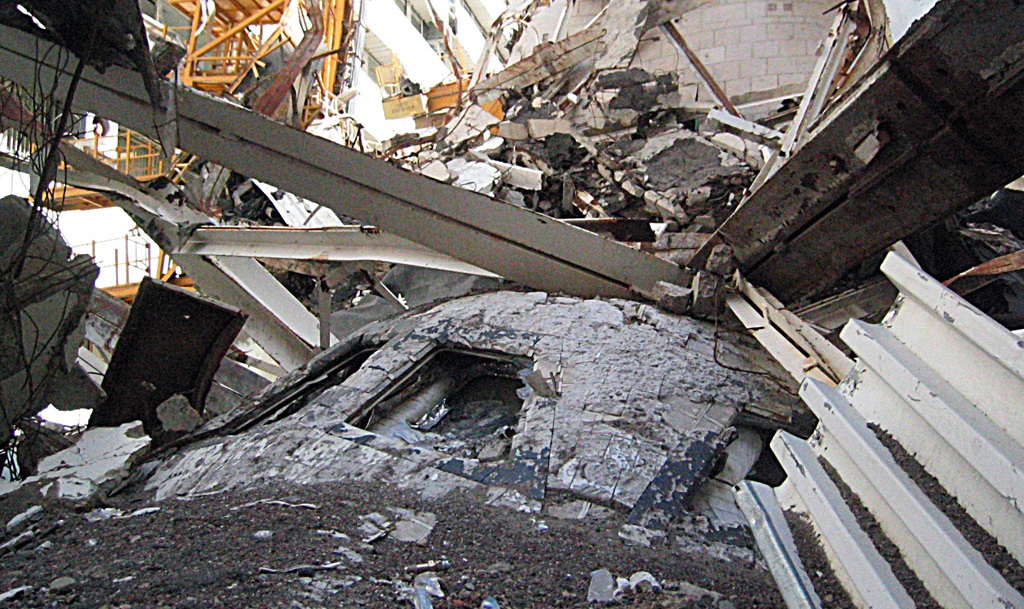
Fig. 16 - Tragic end of the important piece of Soviet's history.
Source: https://www.buran-energia.com/bourane-buran/bourane-fin.php
This is a good moment to talk about the title of the article. It was inspired by a quite witty text I read on the random auction with an old soviet camera. The seller wrote: The country may be gone, but the camera stays still – in perfect condition. The original Buran may not be in perfect condition (or in any condition at all 😬), but as the other vehicles from the program can still be found (and hugged) somewhere, I felt it somehow could fit. Sorry for any inconvenience – and let’s go back to the topic.
Adventures of other Buran models
Fortunately for us, the Buran-that-flew-to-space was not the only model built during the development. According to references [13] and [4], engineers constructed eight full-size mockups of the shuttle that were able to perform aerodynamic and software tests for the program and five flight vehicles, mostly finished only partially.
Buran flight vehicles:
- 1.01 – Buran-that-flew-to-space, RIP [*] after the warehouse’s roof collapse
- 1.02 – Буря (thunderstorm) – finished in 95-97%
- 2.01 – Байкал (Baikal), finished in 30-50%
- 2.02 – finished in 10-20%, now disassembled
- 2.03 – now disassembled
Buran tests mockups:
- 1M (OK-M) – aerodynamic tests
- 2M (OK-GLI) – flight tests (plane-like) – 24 flights
- 3M (OK-KS) – full-size stand with electrical, radio and software systems
- 4M (OK-MT) – aerodynamic tests
- 5M (OK-TVA) – heat and vibration tests
- 6M (OK-TVI) – thermal tests
- 7M (OK-MLI) – aerodynamic tests
- 8M – medical research
As we already know the sad ending of the history of the “true” Buran, we can talk a bit about the other constructed vehicles. 1.02, called Буря, was meant to perform a second flight in the program in Q4 1991 with a test of automatic docking with the Mir space station. Readiness to fly was estimated to be around 95-97%, so we can quite confidently speculate that if there was enough funding, it would probably achieve orbit too. Currently, 1.02 is stored in warehouse 80 in area 112A in Baikonur (near the collapsed hangar of 1.01). It is an interesting case to whom the shuttle belongs though. Formally, it was handed over to Kazakhs under the agreement on the use of the spaceport by the Russians. Quite recently, news began to appear with rumors that Russia wants to reclaim the vehicle. It can be read in the interviews ([14]) that the current owner of the Buran would be ready for the exchange – model 1.02 for the missing skull of the Kazakh khan which is currently in the Russian hands. Whether the replacement will take place is unknown, but for me, personally, it’s good to hear that there are people who care about the fate of the shuttles – even if only for show.
Байкал, model 2.01, on the other hand, was finished only in 30-50% and was planned to fly in 1994. It was the second iteration of the project, modified to withstand a longer and more complex flight, and, what’s even more crucial, with crew onboard. When the project was closed, the vehicle stayed in the Tushino factories for a few years and after that was sold for further resale to the pharmaceutical company Sia International LTD (...which is weird). There are some articles on the web that suggest that Speyer museum was interested in investing into this model but they couldn’t agree on the price. It was expected by Russians that 2.01 would be restored and shown on some local exhibitions, but it never did. Now, the shuttle is slowly decaying outdoors in the area of the Zhukovsky International Airport. I even spotted it in the aerial photos (Fig. 17).
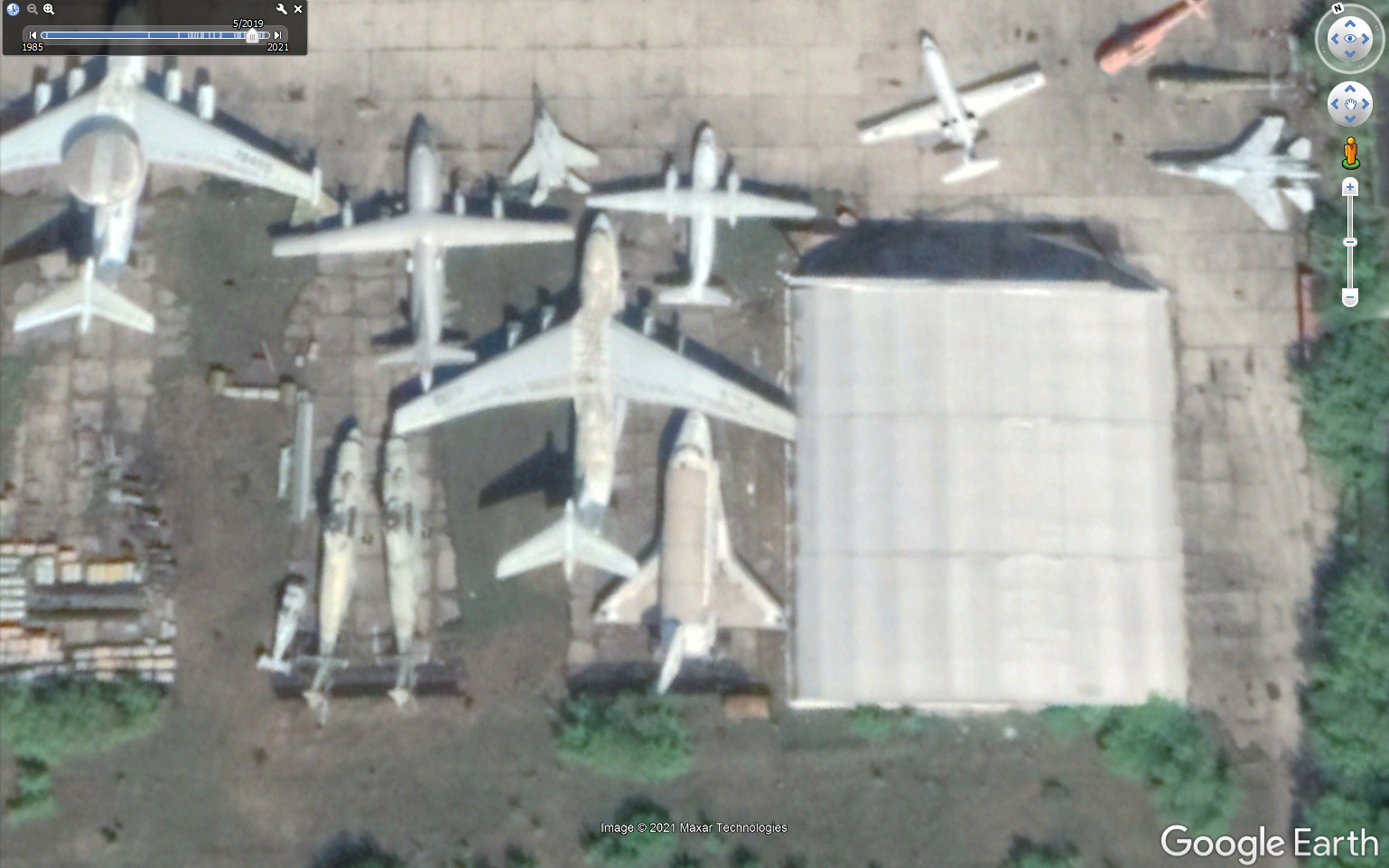
Fig. 17 - Hi Байкал! Nice company you have there, on this aircraft cementery...
Source: Google Earth
When the Buran program was stopped, models 2.02 and 2.03 were in construction in the Tushino factory. As they were only partially built, the decision was made to dismantle them completely as it was more reasonable. I found mentions that some of the tiles were then sold on the internet and I... managed to find one of the auctions that *maybe* includes a tile from the 2.01 model (even if it’s a scam, I love it and I want one ;)). As I mentioned earlier, there were also eight mockups built that were used for testing and experiments. Some of them included only a cabin module, while some were nearly complete or even fully flight-ready planes. One of them is exceptionally interesting, ‘cause if you visit one nice city in central Europe, you can...
Hug a Buran!
I wrote at the beginning of this text that last month I had an opportunity to high five a Buran for the second time in my life. It hasn’t changed a bit since I last saw him (almost exactly two years ago), and is still standing proudly inside the huge hangar of the Technik Museum in Speyer. Yes, one of the very few mockups of Buran, with callsign OK-GLI, that was used during the flight and aerodynamics tests can be found randomly in the small city in southern Germany, together with a real BOR-5 that actually achieved orbit.
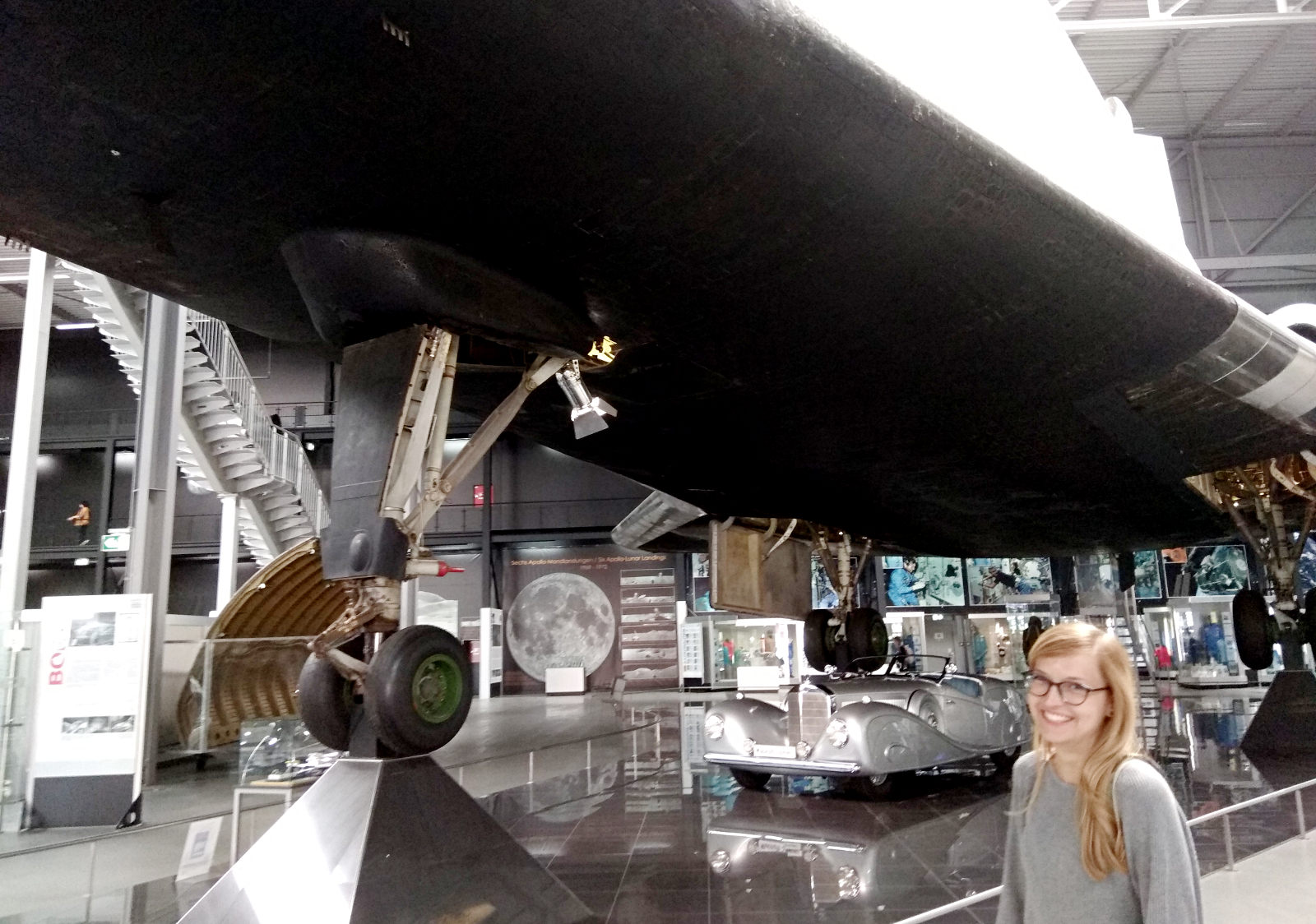
Fig. 18 - OK-GLI & me in 2019 (I look like I was photoshopped into the photo, but I'm not).
Source: own archive
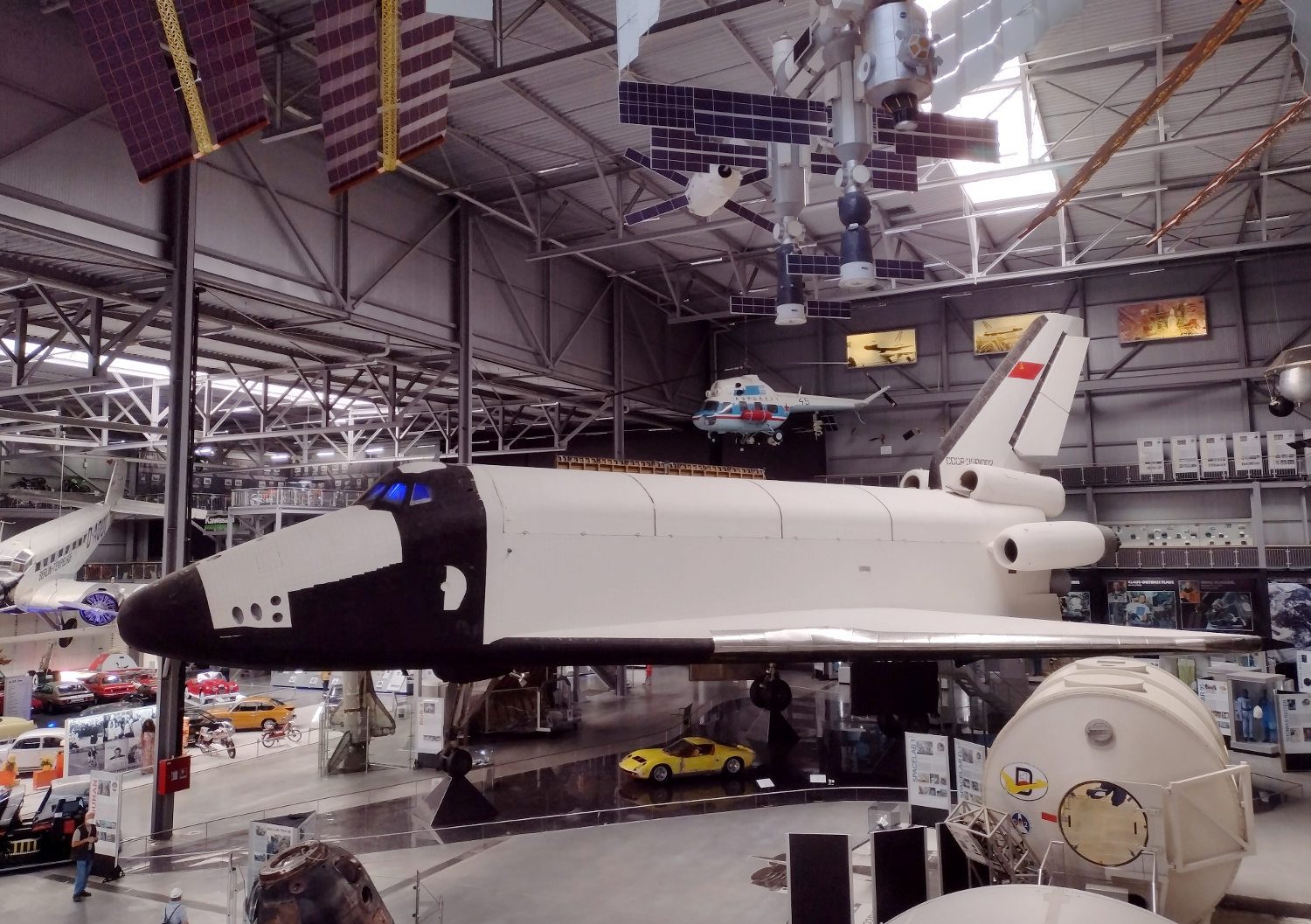
Fig. 19 - Also OK-GLI & me in the same place in 2021, but this time I'm holding the camera.
Source: own archive
Hm – you may think – why does it have an OK-GLI callsign? OK is the prefix for aircraft registered in the Czech Republic, so it doesn’t really fit in this soviet-era context. The exact same question came to my mind when I saw it the first time, but my research, unfortunately, led nowhere. The only possible explanation I could think of would include OK as the abbreviation for Russian Орбитальный корабль, which would literally mean “an orbital ship”. But why GLI? I have no idea – if you know the answer to this question, I’d be happy to include it here!
Note from 23.10.2021 - Thanks to Tomek M., I finally know the answer :) GLI - ГЛИ in Russian expands to Горизонтальные летные испытания, which means just... horizontal flight tests. It looks like every abbreviation used for Soviet shuttles' names was made from the function a vehicle was built for (e.g. OK-TVI (ОК-ТВИ) = Тепло- вакуумные испытания, heat and vacuum tests). Mystery solved!
Coming back to the topic, if you want to shake hands with a Buran, definitely go to Speyer. It is still impressive – monumental and majestic, it towers over the rest of the exhibits, despite its age, proving the strength and incredible technical proficiency of the Soviet empire. As the model used for tests, it did, in fact, fly. But not to space. 24 “like-plane” flights let the technical team try its real aerodynamic characteristics and experiment with automatical maneuvers – including fully automated landing. The only difference between the space and test model was the propulsion. OK-GLI had four AL-31 turbojets, which allowed him to start from the runway like a normal plane. There are some videos with these flights and you can see them for example in this link – impressive, aren’t they? In the cargo compartment, where the real Buran could carry a satellite, the test model had a fuel tank installed.
OK-GLI has an interesting history too. In 2000 Molniya, its owner leased the vehicle as an exhibit during the Olympic Games in Australia. It traveled by a cargo ship from Moscow to Sydney to become a temporary tourist attraction. In the meantime, it was passed along to the investment group from Singapore who were willing to perform an Asia-Tour with a model. Mockup arrived in the Kingdom of Bahrain as an exhibit but because of financial conflicts between the Russians and lessees from Singapore, it became grounded there. Problems arose with establishing the true owner of the ship – Speyer’s museum wanted to buy it but there were legal doubts about who should be responsible for the shuttle. Proceedings took years. Fortunately, they finally agreed on the ownership and the price (total costs for the purchase and transport are said to be around 10 million euros) and in March 2008 OK-GLI started its long journey to the German city where it can be admired until now.
Wooden shuttle? Hold my beer Kalashnikov!
This subtitle is an obvious clickbait (readbait?), but the wooden Buran had been, indeed, built. To be able to test the vehicle in the aerodynamics tunnel, engineers constructed a wooden analog in scale 1:2 (reference [4]) and used it to confirm the overall shape of the construction. According to some less reliable sources, such as urban explorers’ websites, the scale was 1:3 – it looks smaller on the available materials indeed, so maybe there was even more than one version?
There are a few photographs taken that immortalized its position, but almost all are only from one year – 2013. At that time the vehicle was located somewhere in the area of M. M. Gromov Flight Research Institute or Zhukovsky International Airport. Most of the photos have a description that the model’s life has ended not so long after taking them, but its fate remains unknown. I challenged myself to find this ecoBuran on the old aerial and satellite imagery in Google Earth – and I managed to discover something that could be it. Of course, none of the snapshots had any coordinates (and one set that I found randomly on the internet, led nowhere interesting), so the experiment was quite hard – I relied primarily on objects visible in the only available photos and tried to match the airport area with them. The maps were maliciously from 2012 and 2014 and the zone came out to be surprisingly big, so I might have wasted 2 hours on Sunday evening stalking a completely innocent Russian container. Not the first time and probably not the last :). You can see the possible shape of the ecoBuran below, in Fig. 21.

Fig. 20 - Wooden Buran - a photo from 2013.
Source: https://www.flickr.com/photos/aviamarkin/10220942796
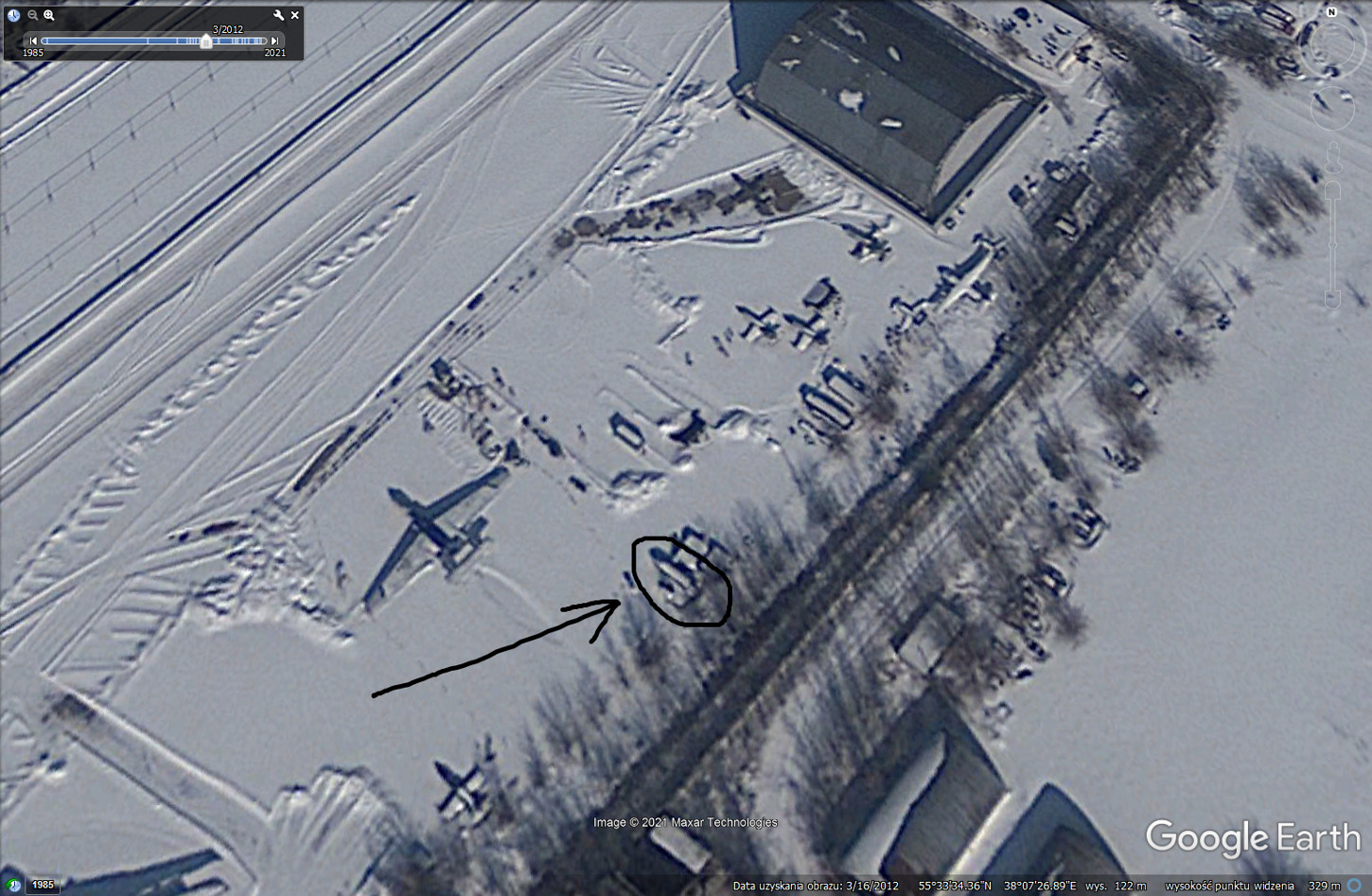
Fig. 21 - I've spent SO MUCH time looking for this guy, I really REALLY hope this is him.
Source: Google Earth
What will the future bring?
After the closing of the American space shuttle’s program, the idea of a partially reusable spacecraft seemed to be a thing of the past. However, there are some signs visible now that show that the concept is not totally dead yet. China is working on Shenlong, their first robotic spaceplane, Sierra Nevada Corporation is building a beautiful Dream Chaser, while ESA’s contractors are focused on the Space RIDER orbital vehicle. From time to time, we can see some news that there was a test flight performed or some new project just got funding. Maybe the real golden era of spaceplanes is still ahead of us. But who am I to speculate? :)
And what about Buran? The country may be gone, but the memory of these astonishing pieces of space junk should not perish. Although there is a huge pile of missing or, even worse, misleading information about their technical parameters, features, or fate, I sincerely hope that one day true data will see the light of day. Anyway – the writing of this article was still an enriching experience – and I hope that reading it was exciting too! It’s worth remembering that the world of space inventions was not only in the west and there were and there are amazing engineers and great projects all over the world. And Buran is definitely one of them. See you again sometime, OK-GLI!

Fig. 22 - Buran in all its glory.
Source: https://www.buran.ru
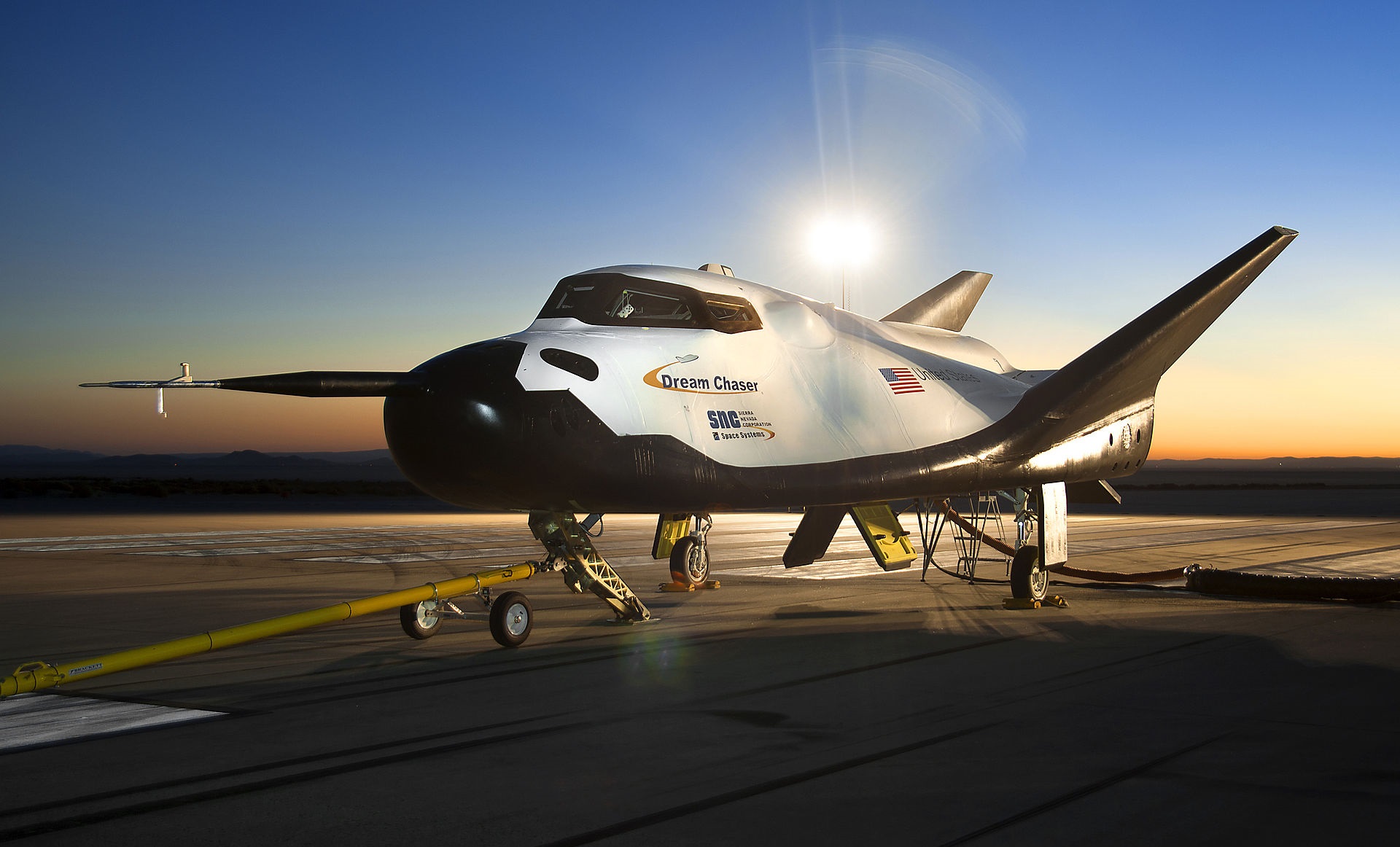
Fig. 23 - Dream Chaser - will space exploration future look like this?
Source: https://commons.wikimedia.org/wiki/Category:Dream_Chaser
*at least the test model in the German museum :).
Sources
- https://www.buran.ru/htm/os-120.htm, [access: 20.10.2021]
- https://www.buran.ru/htm/archivl.htm, [access: 20.10.2021]
- https://www.buran.ru/htm/bors.htm, [access: 20.10.2021]
- https://www.buran.ru/htm/chavo.htm, [access: 20.10.2021]
- http://xai-71.obninsk.ru/2018BUR/Buran30.htm, [access: 20.10.2021]
- https://drakonhub.com/en/drakon, [access: 20.10.2021]
- http://drakon-editor.sourceforge.net/DRAKON.pdf, [access: 20.10.2021]
- https://www.linux.org.ru/news/opensource/6093550, [access: 20.10.2021]
- http://www.155la3.ru/k582.htm, [access: 20.10.2021]
- http://www.nedopc.org/forum/viewtopic.php?f=39&t=15970, [access: 20.10.2021]
- https://dbpedia.org/page/DRAKON, [access: 20.10.2021]
- https://habr.com/ru/post/412271/, [access: 20.10.2021]
- https://www.buran.ru/htm/str116.htm, [access: 20.10.2021]
- https://www.caravan.kz/gazeta/burany-veroyatno-edinstvennaya-cennost-dlya-rossiyan-na-territorii-kazakhstana-dauren-musa-777009, [access: 20.10.2021]
- https://rostec.ru/news/buran-pervyy-i-edinstvennyy/, [access: 20.10.2021]
- https://www.buran.ru/htm/history.htm, [access: 20.10.2021]
- https://www.buran.ru/htm/spiral.htm, [access: 20.10.2021]
- https://en.wikipedia.org/wiki/DRAKON, [access: 20.10.2021]
- https://en.wikipedia.org/wiki/Space_Shuttle#Space_Shuttle_program, [access: 20.10.2021]
- Space Shuttle Era Facts, NASA, 2011, https://www.nasa.gov/pdf/566250main_2011.07.05%20SHUTTLE%20ERA%20FACTS.pdf, [access: 20.10.2021]
- https://www.popularmechanics.com/space/rockets/a9763/did-the-soviets-actually-build-a-better-space-shuttle-16176311/, [access: 20.10.2021]
- https://www.buran-energia.com/bourane-buran/bourane-consti-ordinateur-computer.php, [access: 20.10.2021]
- https://yandex.ru/q/question/na_kakom_iazyke_programmirovaniia_byli_55af7d91/, [access: 20.10.2021]
- https://habr.com/ru/post/202332/, [access: 20.10.2021]
- https://www.cpushack.com/2011/02/20/russian-computers-on-the-buran-shuttle/, [access: 20.10.2021]
- https://www.buran-energia.com/bourane-buran/bourane-consti-ordinateur-computer.php, [access: 20.10.2021]
- Buran. History and Transportation of the Soviet Space Shuttle OK-GLI to the Technik Museum Speyer, Technik Museum Sinsheim Speyer
- https://www.youtube.com/watch?v=vcdZtTq50lU, [access: 20.10.2021]
- https://www.sncorp.com/what-we-do/dream-chaser-space-vehicle/, [access: 20.10.2021]
- https://www.youtube.com/watch?v=pfNQW4jToHE&t=564s, [access: 20.10.2021]